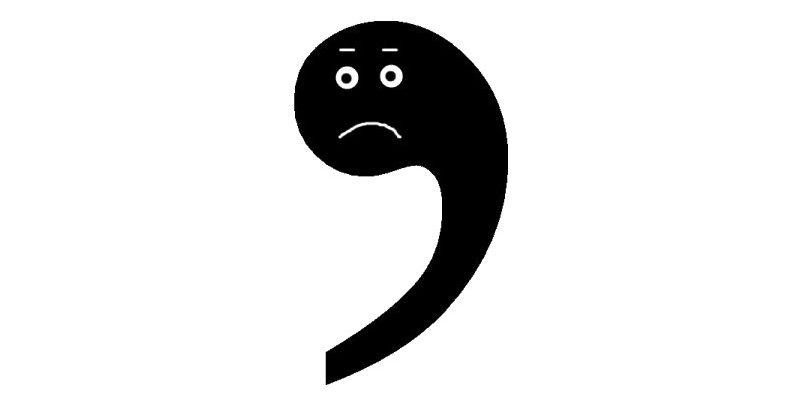Apostrophes cause all sorts of confusion. They get thrown into places they don’t belong and left out where they most definitely do.
There are three places where apostrophes seem to cause the most confusion — omissions and contractions, possessives and plurals.
Omissions and contractions
Apostrophes fill in the gap for a missing letter(s), or where two words are joined leaving out some of the letters.
Examples
- couldn’t = could not
- can’t = cannot
- didn’t = did not
- I’ll = I will
- I’m = I am
- it’s = it is
- there’s = there is
- who’s = who is
- you’re = you are
Apostrophe alert: Watch out for the following words where adding an apostrophe makes a word the same, or sound the same, as another word with a different meaning.
it’s/its
- it’s (it is time to go)
- its (its fur is soft)
you’re/your
- you’re (you are welcome)
- your (put your coat on the hook)
there’s/theirs
- there’s (there is a car and trailer in the driveway)
- theirs (the car is theirs but the trailer is borrowed)
who’s/whose
- who’s (who is wearing a coat tonight)
- whose (whose coat is this)
Apostrophes can also stand in for missing figures.
Example
- ’90s = 1990s
Apostrophe alert: Watch out for the plural of decades. The ’90s is correct, the apostrophe stands in for the two numbers you’re leaving out 19. However, when you’re writing about the 1990s (a plural) you do not need an apostrophe before the s. (see Plurals below)
Possessives
Possessives indicate possession or ownership and apostrophes are used to show who owns what.
The rules about forming possessives can be confusing. There are five things to remember.
- singular and plural nouns not ending in s
- singular nouns and names ending in s
- plural nouns not ending in s
- joint possessives
- pronouns
1.Singular and plural nouns not ending in s
These are straightforward. You add an apostrophe and an s to make it possessive (or to show ownership).
Singular examples
- mother’s car
- teacher’s pet
Plural examples
- children’s shoes
- men’s clothes
- geese’s poop
Apostrophe alert: If the possessor is a building, an object or a piece of furniture you do not need an apostrophe or to add an s
Examples
- the shoe lace, not the shoe’s lace
- the table top, not the table’s top
- the office printer, not the office’s printer
2.Singular nouns and names ending in s
These usually have an apostrophe and an s, although some style guides recommend only the apostrophe. Whichever style you choose, be consistent do not switch back and forth on one document.
Examples
- Chris’s books or Chris’ books
- James’s hair or James’ hair.
3.Plural nouns ending in s
These have an apostrophe at the end with no extra s. Style guides agree on this one. With a plural proper noun you only use the apostrophe.
Examples
- teachers’ apples
- seniors’ bus
- the Smiths’ house.
4.Joint possessives
When the same thing belongs to more than one person, where the heck do you put the apostrophe? You add it along with an s on the final name.
Examples
- Anne and Linda’s house (not Anne’s and Linda’s house) is on Spruce Street
- Mary and Sam’s parents (not Mary’s and Sam’s parents) are going on vacation.
However, if you’re writing about two or more of the same thing that belong to different people, you make all the names possessive (add an apostrophe).
Examples
- Anne’s and Linda’s houses are on the same street. You could write Anne’s house and Linda’s house are on the same street.
- Mary’s and Sam’s mothers went to school together. You could write Mary’s mother and Sam’s mother went to school together.
5.Pronouns
Personal pronouns, e.g., mine, yours, his, hers, its, etc. do not use apostrophes.
Remember its: by adding an apostrophe you turn the word into a something else entirely. Read more about it’s/its under omissions and contractions above.
Plurals
Plurals of a noun
You do not use an apostrophe to form the plural of a noun. For some reason you often see this in grocery stores.
Example
- three bananas for $1
- NOT three banana’s for $1
Plurals of single letters
You do need an apostrophe to form the plural of a lowercase letter.
Examples
- dot your i’s and cross your t’s
- mind your p’s and q’s
BUT you do not use an apostrophe for the plural of uppercase letters.
- she got all As
- you need to know your ABCs
- there were two VIPs at the reception







